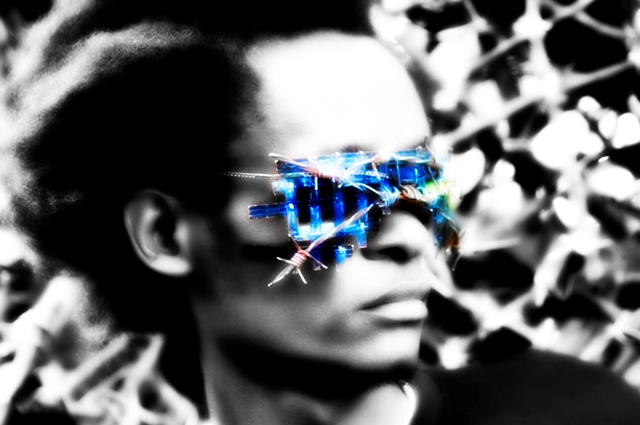 Cato Litangen, MimetaBy Cato Litangen
Cato Litangen, MimetaBy Cato Litangen
The conflict between Israel and Palestine is not resolved at a stage where the two countries' artists work together because the organizer urge for peace, is the clear message. Is these cultural organizers wish for reconciliation as bad for Arabic art as a boycott of Israeli art is for the Israelis? I'm just back on Norwegian soil after five days spent with cultural practitioners and organizations from the Arab countries. Contemporary dancers from Damascus, movie makers from Beirut, painters from Cairo, festival organizers from Agadir, curators from Amman and writers from Ramallah. No one from Gaza turned up.
One of the most intense discussions was about the intrinsic value of art. Everywhere art is given reasons beyond its’ independent meaning. Reconciliation between Israel and Palestine, between Islam and Christianity, between ethno and demos, are themes that all can be the subject of artistic interpretation, perspective and work. It is given. But too often organizers impose such frames when Arabic artists are invited to showcase in our Western part of the world. Reconciliation is on the agenda – exemplified by artists from “diferent worlds” beeing creative together.
The Palestinians are tired of these western bridge-by-art projects. Too often, when they are invited to some stage around the world, the organizer presents an Israeli counterpart. These are so called balanced performances, with no other use than helping the organizer to make an imaginary framework of reconciliation. The art, in these cases, may lose its independence and actual meaning. And these balanced performances happens too often when Palestinian artists are invited, it is claimed from this Arabic summit.
From discussions at the Norwegian University of Science and Technology (NTNU), we have seen that a boycott of knowledge and academic ideas with residence in Israel – is not current policy. With my modest knowledge of the sector - I do not believe boycott of Israel is a relevant action for Norwegian artist'- or cultural institutions either. I understand, however, those in the Arab world that react in such a manner. But – more important - I can see their need for independent artistic expressions - without being imputed a framework of western culture organizers’ hope of contributing to peace and reconciliation. Such a framework may be just as bad for artistic expressions, as a boycott – as long as it is imposed.
When working with culture and development, we are often confronted by issues related to the intrinsic value of art. Are we using art to prevent conflict, export our nations' masters, communicate social issues, open doors for our businesses, or to make peace. Is the last point our reason for inviting Palestinian artists to perform with an Israely counterpart on Norwegian stages? If so - are we looting the independence of the artistic expressions?







